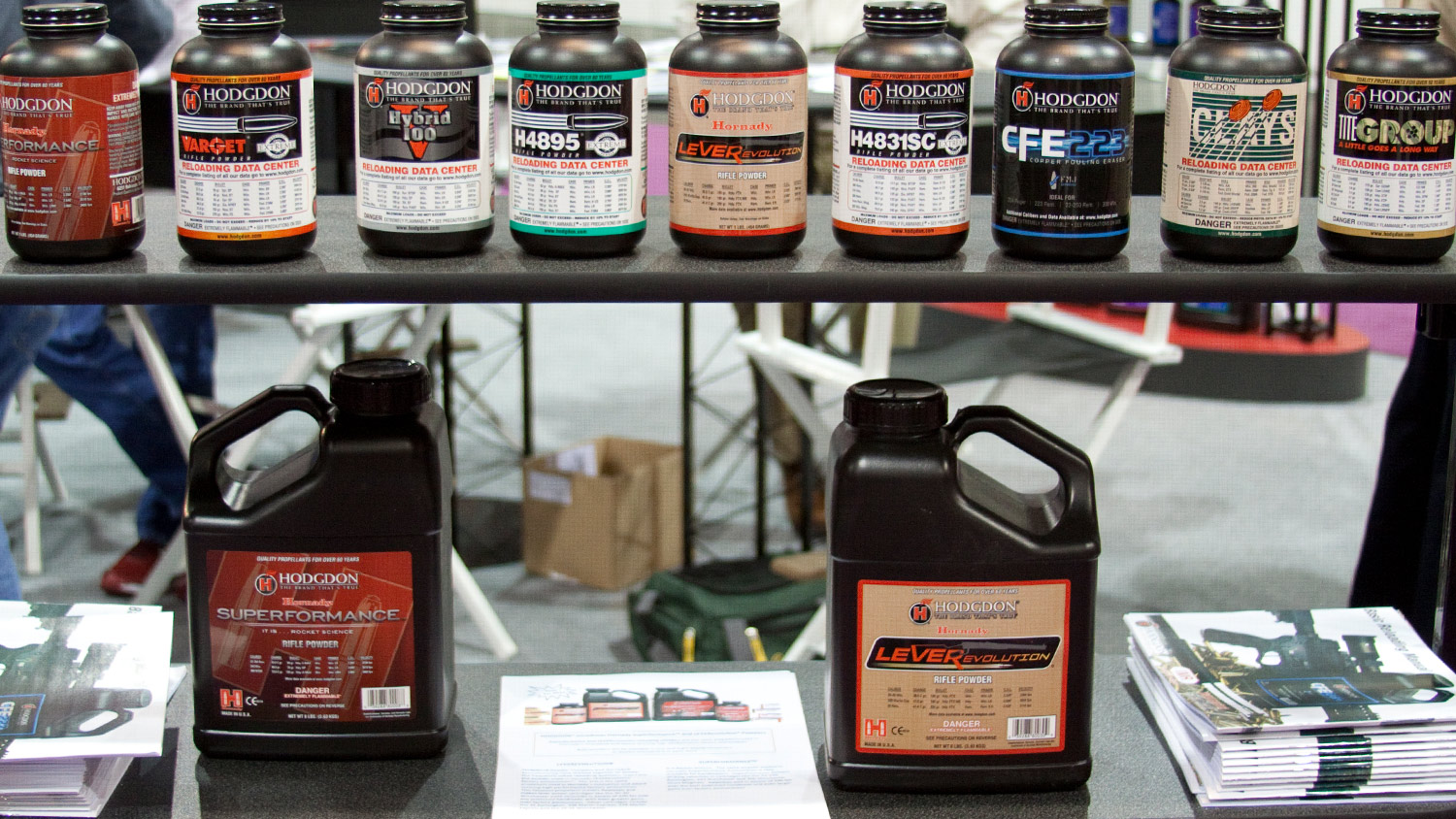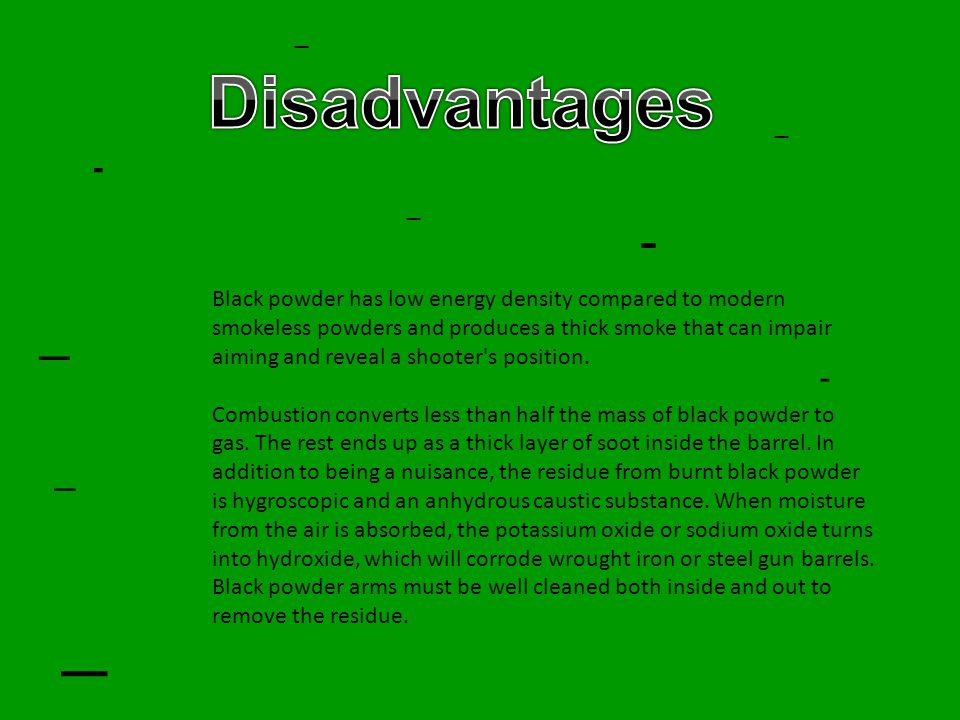The Buzz on Gun Powder
Table of ContentsThe Best Strategy To Use For Winchester PowderThe 7-Minute Rule for Muzzleloading PowderSome Known Facts About Hodgdon Powder.Not known Details About Hodgdon H4350
The gaseous propellant breaks down into simpler particles in a surrounding fizz area. Power is launched in a luminescent outer flame zone where the easier gas molecules respond to create traditional combustion items like steam and also carbon monoxide. The foam zone serves as an insulator slowing the price of warm transfer from the fire area into the unreacted strong.Propellants made for a minimal heat transfer stress might fail to sustain the fire zone at reduced pressures. The energised parts used in smokeless propellants consist of nitrocellulose (one of the most common), nitroglycerin, nitroguanidine, DINA (bis-nitroxyethylnitramine; diethanolamine dinitrate, DEADN; DHE), Fivonite (2,2,5,5-tetramethylol-cyclopentanone tetranitrate, Cy, P), DGN (diethylene glycol dinitrate), and also acetyl cellulose.
Before projectiles departure, a small pre-flash might occur from gases dripping past the projectiles. Complying with muzzle leave, the heat of gases is typically enough to send out noticeable radiation: the key flash. The gases expand but as they go through the Mach disc, they are re-compressed to produce an intermediate flash.
g. hydrogen and carbon-monoxide) may comply with when they combine with oxygen in the surrounding air to generate the second flash, the brightest. The second flash does not generally accompany small arms.: 5556 Nitrocellulose contains insufficient oxygen to totally oxidize its carbon and hydrogen. The oxygen deficit is increased by addition of graphite as well as natural stabilizers.
The Buzz on Hodgdon Powder
At high temperature level, these combustible gasses will certainly spark when turbulently blended with climatic oxygen past the muzzle of the gun. Throughout night engagements, the flash created by ignition can disclose the location of the gun to opponent forces: 322323 and cause temporary night-blindness amongst the weapon team by photo-bleaching aesthetic purple.
Artillery muzzle flash up to 150 feet (46 m) from the muzzle has actually been observed, and can be reflected off clouds and be visible for distances as much as 30 miles (48 kilometres).: 322323 For weapons, one of the most efficient technique is a propellant that creates a large proportion of inert nitrogen at fairly low temperature levels that dilutes the combustible gases.
Prior to using triple based propellants, the typical approach of flash decrease was to include not natural salts like potassium chloride so their particular warm capability might lower the temperature of burning gasses and their carefully divided particulate smoke could obstruct visible wavelengths of radiant energy of combustion.: 323327 All flash reducers have a downside: the manufacturing of smoke.
, beginning in 1900.
The Single Strategy To Use For Gun Powder

The mix was after that fed through a press squeezing out a long tubular cable form to be reduced into grains of the desired length.: 3135 Alcohol and ether were after that evaporated from "eco-friendly" powder grains to a remaining solvent concentration in between 3 percent for rifle powders and 7 percent for big artillery powder grains (https://www.intensedebate.com/people/h0dgdonpwdrs).
Grains were covered with electrically conductive graphite to reduce generation of static power during subsequent blending. "Lots" including even more than 10 tonnes of powder grains were mixed with a tower arrangement of blending receptacles to lessen ballistic differences. Each combined lot was then based on checking to identify the proper filling charge for the preferred performance.: 3541: 293 & 306 Military amounts of old electric powder were in some cases revamped into brand-new great deals of propellants.: 39 Via the 1920s Fred Olsen operated at Picatinny Toolbox explore means to restore lots of single-base cannon powder produced for Globe Battle I.

Hodgdon H4350 for Beginners
Du, Pont. The Weapon Zone. Recovered 29 June 2013.